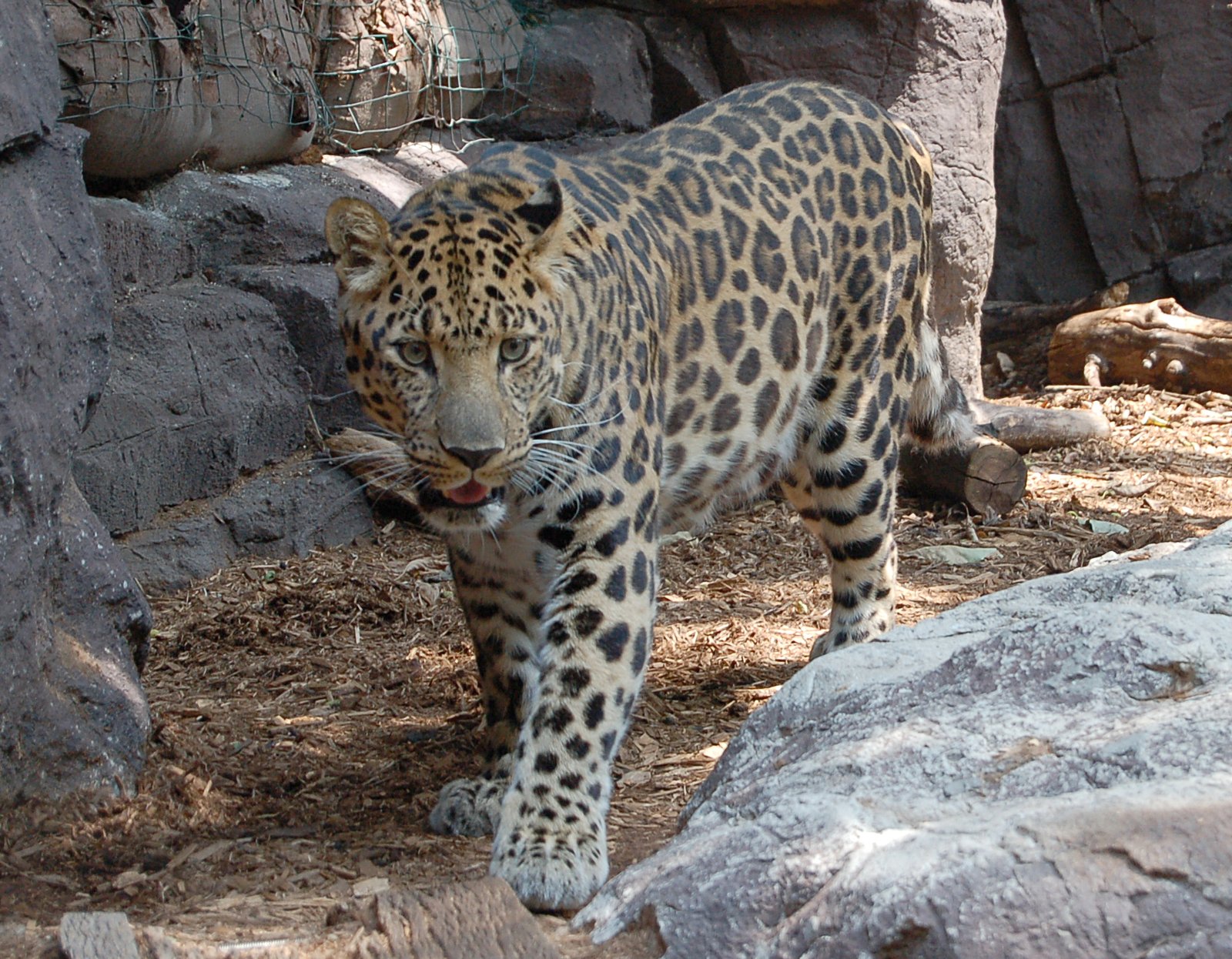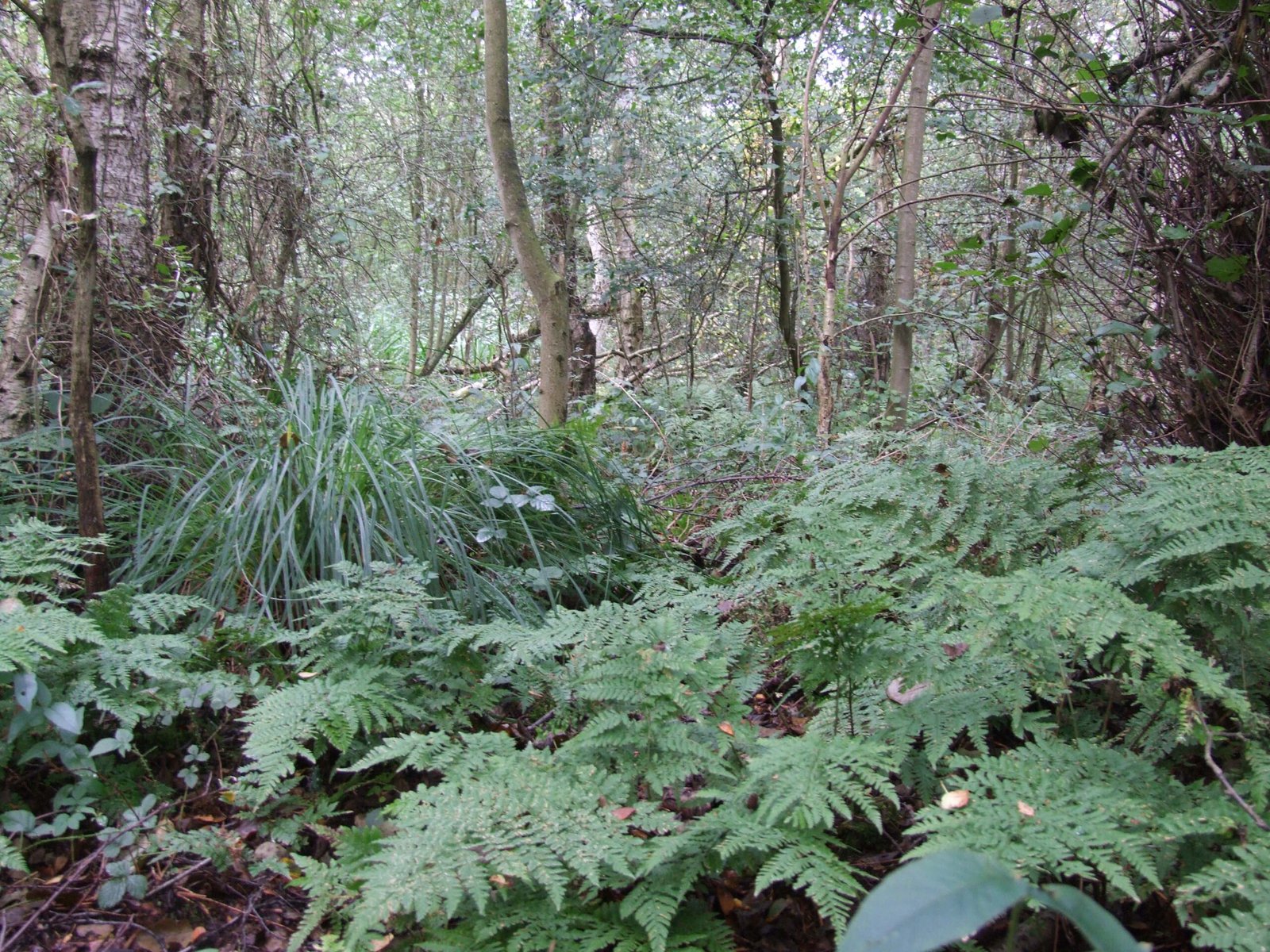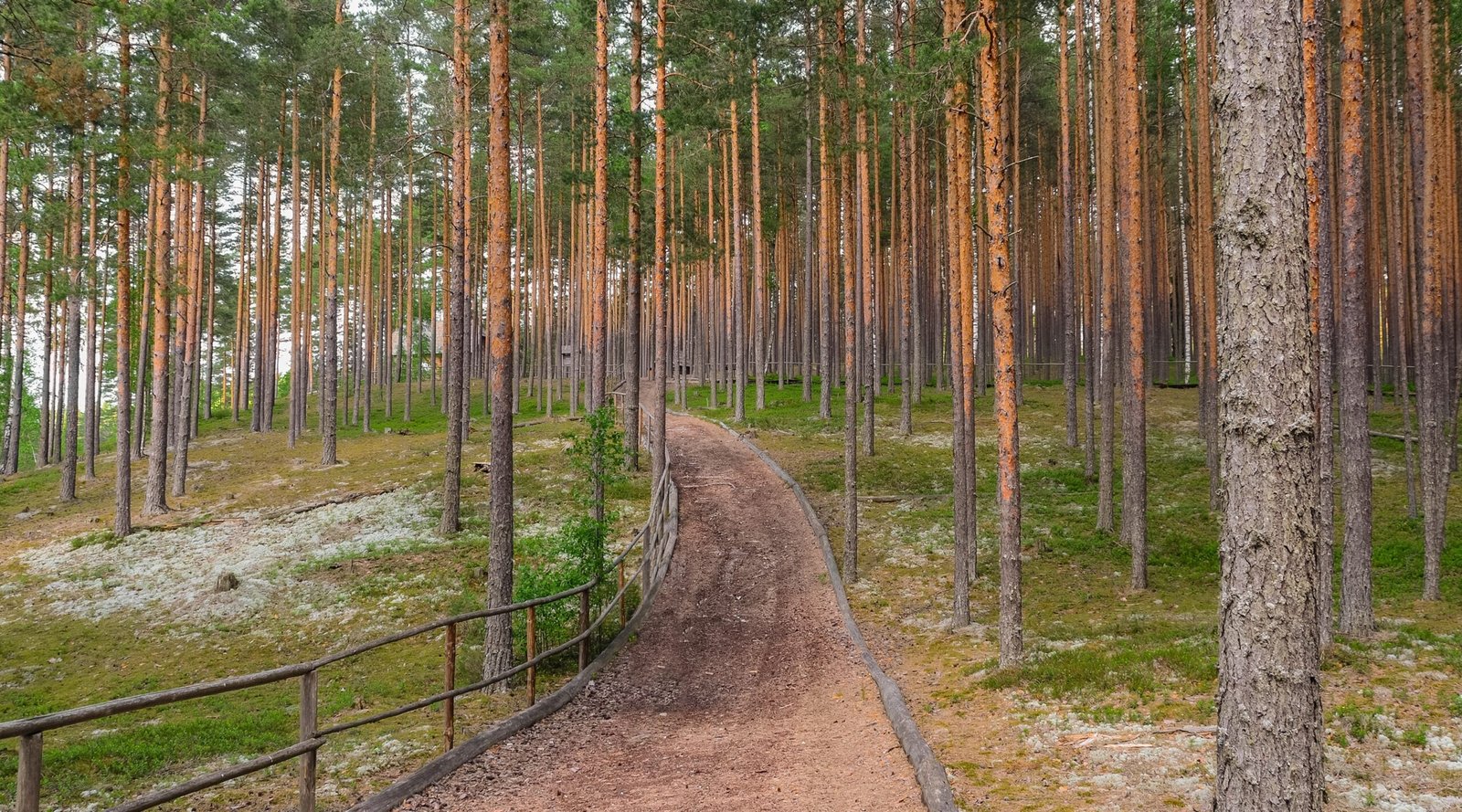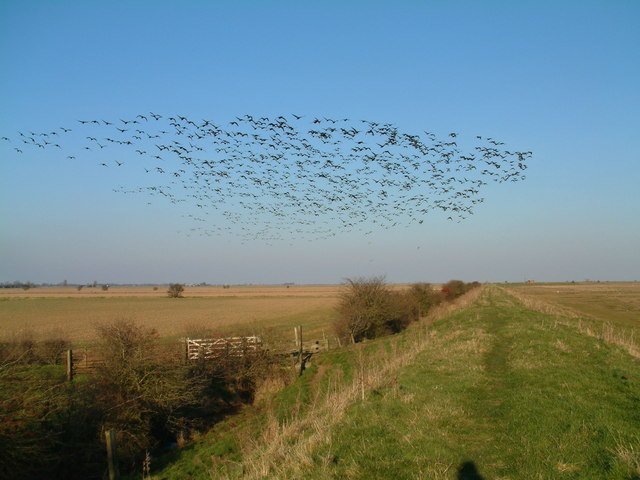Imagine a strip of land, nearly 250 kilometers long and 4 kilometers wide, marked by razor wire, landmines, and a tense, decades-old standoff. It sounds like the last place on Earth where nature could thrive. Yet, against all odds, the Korean Demilitarized Zone (DMZ) has become one of the most remarkable—if unintentional—wildlife sanctuaries in the world. While it stands as a stark reminder of conflict and division, the DMZ also holds a secret world of flourishing life, untouched by humans for over seventy years. This paradoxical haven for biodiversity is both surprising and inspiring, offering a glimpse of what happens when humans leave nature alone, even under the most unlikely circumstances.
The Unplanned Sanctuary: How the DMZ Came to Be
The DMZ was never intended as a wildlife refuge. Created in 1953 as a buffer zone between North and South Korea after the Korean War armistice, its sole purpose was to keep opposing armies apart. But while human activity was halted, nature quietly crept back in. The absence of farming, construction, and most human interference allowed forests, wetlands, and grasslands to reclaim the land. Over the decades, this accidental sanctuary gave rise to a vibrant ecosystem that is now home to thousands of plant and animal species. The DMZ stands as a rare experiment in how wildlife recovers when people step back, even if the reason is rooted in conflict rather than conservation.
A Haven for Endangered Species

Within the DMZ’s invisible borders, rare and endangered species have found a refuge they struggle to find elsewhere on the Korean Peninsula. The Amur leopard, one of the world’s most elusive big cats, is believed to roam these lands. The red-crowned crane—a symbol of longevity and good fortune in East Asian culture—nests in the wetlands here, far from the reach of hunters and habitat loss. Even the Asiatic black bear, once widespread across Korea, may still wander this secluded stretch. These and other species depend on the untouched forests, rivers, and marshes that the DMZ offers, making it a vital stronghold for biodiversity in East Asia.
Biodiversity Beyond Borders

The DMZ is more than just a safe haven for a few iconic animals. Scientists estimate that this narrow corridor supports over 5,000 types of plants and animals, many of which are rare or threatened. Its diverse habitats include mountains, rivers, wetlands, and meadows, each supporting unique communities of life. Birdwatchers are particularly drawn to the DMZ, as it lies on a major migratory route for countless bird species. The area attracts swans, geese, and storks, among many others, offering a seasonal spectacle of wings and color. The diversity found here rivals that of many protected national parks, despite its origins as a militarized boundary.
Nature’s Resilience: How Life Survives Amid Danger
Despite its flourishing wildlife, the DMZ remains a dangerous place for both animals and humans. Landmines, barbed wire, and sporadic military patrols still pose significant risks. Yet, nature proves astonishingly resilient. Over time, animals have learned to avoid the most hazardous areas, while plants reclaim ground even in the shadow of old bunkers and trenches. The thriving ecosystem of the DMZ is a testament to life’s ability to adapt and recover, even in the face of constant threat. For many species, the dangers of the DMZ are a fair trade for the safety it provides from human encroachment outside its borders.
Unique Habitats Hidden in Plain Sight

One of the most surprising aspects of the DMZ is the variety of habitats that have developed in isolation. Wetlands within the zone are teeming with amphibians, insects, and migratory birds. Dense forests shelter mammals and rare plants, while grasslands offer food and breeding grounds for countless creatures. Each habitat supports different ecological communities, adding to the area’s overall biodiversity. In some sections, rivers wind through untouched valleys, creating microhabitats that have remained unchanged for generations. These landscapes show how quickly and richly nature can reclaim space if left undisturbed.
Scientific Discoveries in the Shadow of Conflict
Biologists and ecologists have long been fascinated by the DMZ, but studying its wildlife is a challenge due to strict military restrictions. Nonetheless, limited surveys and remote monitoring have revealed new species never before recorded in Korea, as well as thriving populations of plants thought to be extinct elsewhere. Researchers are eager to learn more, as the DMZ offers a living laboratory for studying ecosystem recovery and resilience. Every field trip is an adventure, with scientists sometimes discovering rare orchids or tracking elusive mammals by footprints alone. The DMZ’s secrets are still being uncovered, promising more surprises for the scientific community.
Symbolism of Hope and Peace
The DMZ’s transformation from a symbol of division to a beacon of hope is profoundly moving. Where one might expect only scars of war, there is instead the quiet persistence of life. This green strip, surrounded by barbed wire and watchtowers, has become a symbol for what is possible when nature is given a chance to heal. Conservationists and peace advocates alike see the DMZ as a potential bridge for dialogue and cooperation between North and South Korea—one rooted in the shared goal of preserving this unique natural legacy. The wildlife refuge stands as a living testament to the possibility of renewal and reconciliation.
Conservation Challenges and Uncertain Futures
Despite its accidental success, the DMZ’s wildlife refuge faces many threats. Urban development pressures, agricultural expansion, and the ever-present risk of renewed conflict loom over the region. Some worry that reunification or military de-escalation could open the area to human activity, putting fragile habitats at risk. Environmentalists are calling for international recognition and protection of the DMZ as a formal nature reserve. The future of this accidental sanctuary remains uncertain, but its value to humanity and the natural world is undeniable. Balancing security needs with conservation will be an ongoing challenge.
Lessons for the World
The DMZ offers a powerful lesson: sometimes, leaving nature alone is the best form of protection. Around the globe, abandoned or depopulated areas—from Chernobyl’s exclusion zone to deserted urban lots—have become havens for wildlife. The DMZ stands out as one of the most dramatic examples, showing how quickly ecosystems can rebound when human pressures are removed. Its story inspires conservationists to rethink strategies for habitat protection and restoration, emphasizing the resilience and adaptability of the natural world. The unexpected success of the DMZ challenges us to imagine new possibilities for coexistence with nature.
The Power of Accidental Refuges

Places like the DMZ remind us that hope can emerge from the most unlikely circumstances. This unintentional sanctuary is a living paradox, born out of conflict but now celebrated for peace and preservation. The animals and plants that thrive here are silent witnesses to both the wounds of war and the healing power of time. As the world looks for solutions to biodiversity loss and environmental crises, the DMZ stands as a symbol of what can happen when nature is allowed to take its own course. Its story is both humbling and uplifting, inviting us to see beauty and possibility where we least expect it.
A Living Legacy Waiting to Be Protected

The Korean DMZ’s wild heart beats quietly between two nations, a living reminder of history and a reservoir of hope for the future. Every year, its grasslands burst into color with wildflowers, and its rivers fill with the calls of migrating birds. The fate of this accidental refuge hangs in the balance, shaped by political decisions and the choices of those who value its unique treasures. Will the world act to protect this rare sanctuary, or will it fade as a forgotten byproduct of conflict? The answer is yet to be written, but the story of the DMZ has already shown us how beauty can flourish in the most unexpected places.




